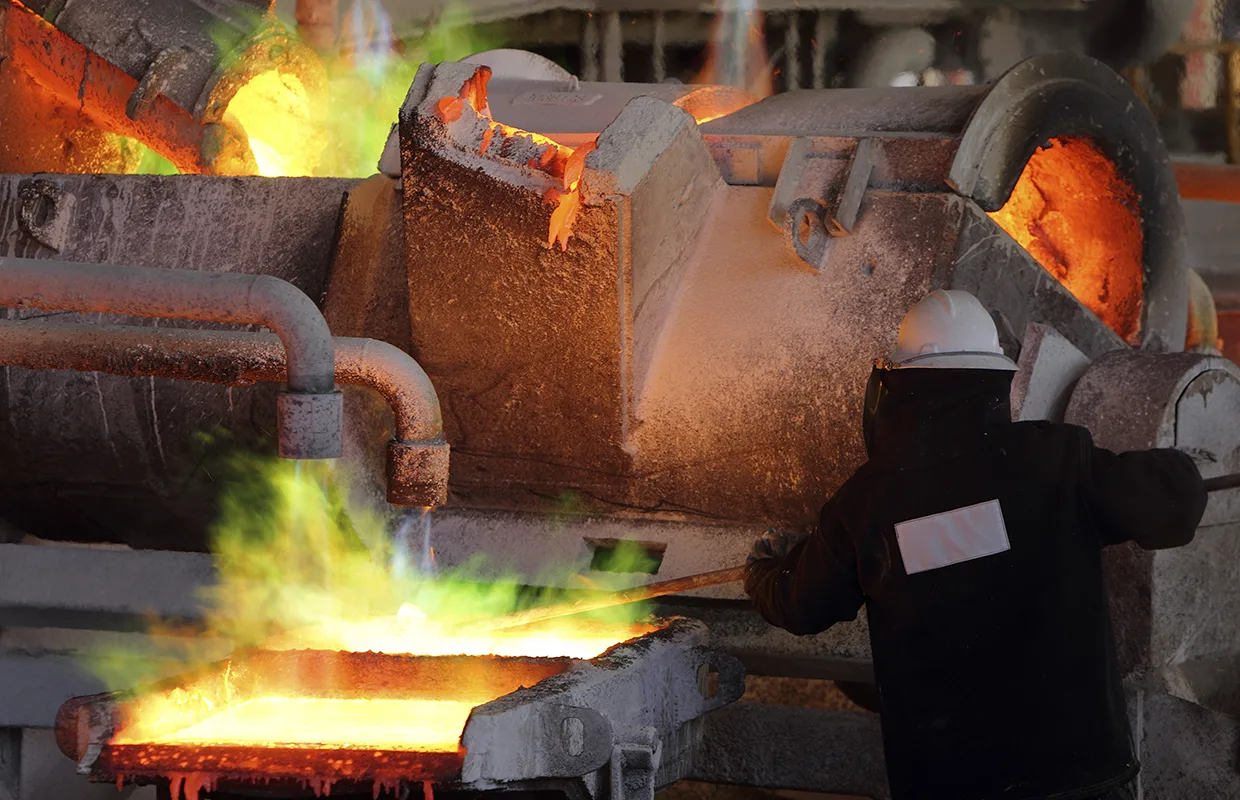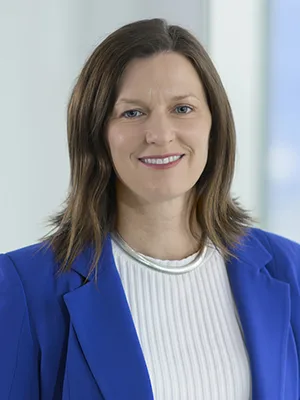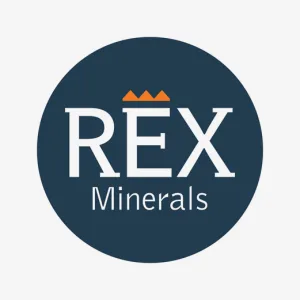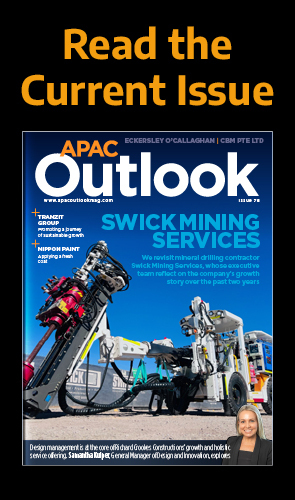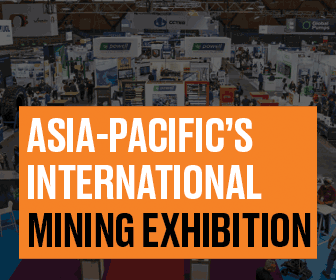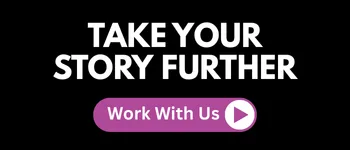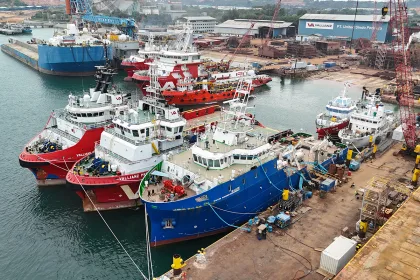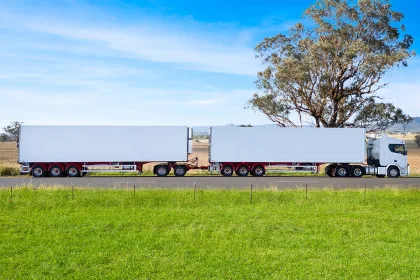As the most profitable industry in the nation, Australia’s ever-expanding resources sector is of crucial importance to the domestic economy as well as underpinning the provision of vital infrastructure.
- SPOTLIGHT ON SOUTH AUSTRALIAN RESOURCES AND ENERGY
- Q&A WITH THE SOUTH AUSTRALIAN CHAMBER OF MINES AND ENERGY
- How did you first become interested in the mining industry?
- What is your take on the resources industry in Australia at present?
- Can you introduce us to SACOME?
- Have you identified any recent trends developing across the sector, either positive or negative, and how are you responding to them?
- What completed, ongoing, or recent projects are you most excited about?
- How does the Australian resources sector underpin the broader SA economy?
- Equally, what do you have planned regarding the development of green iron?
- Looking ahead, what are your key priorities for the coming year?
- Finally, what other issues need to be addressed within the industry?
- SOUTH AUSTRALIAN CHAMBER OF MINES AND ENERGY PARTNER
SPOTLIGHT ON SOUTH AUSTRALIAN RESOURCES AND ENERGY
The South Australian resources sector is at an important point in its history.
The industry was born in 1840, when silver and copper were discovered in South Australia (SA).
Since then, the nation has benefitted from a long journey of investment, strong commodity demand, and new technology which has helped to create a strong and resilient landscape.
From the bronze age, through industrialisation, and into the technology revolution, the sector has not only underpinned innovation but has also fuelled it.
In this way, Australia’s resources industry provides the materials that are allowing the world to push the boundaries of science.
Today, the sector earns more export income for the country than all other industries combined and generates more than half the total exports.
Similarly, in SA the resources sector underpins the state’s economy and contributes to 50 percent of exports, helping to fund schools, hospitals, and new roads.
At present, resources companies in SA directly employ over 11,000 people in highly paid, highly skilled jobs.
This dedicated and valued workforce earns wages 64 percent higher than the average for all other industries.
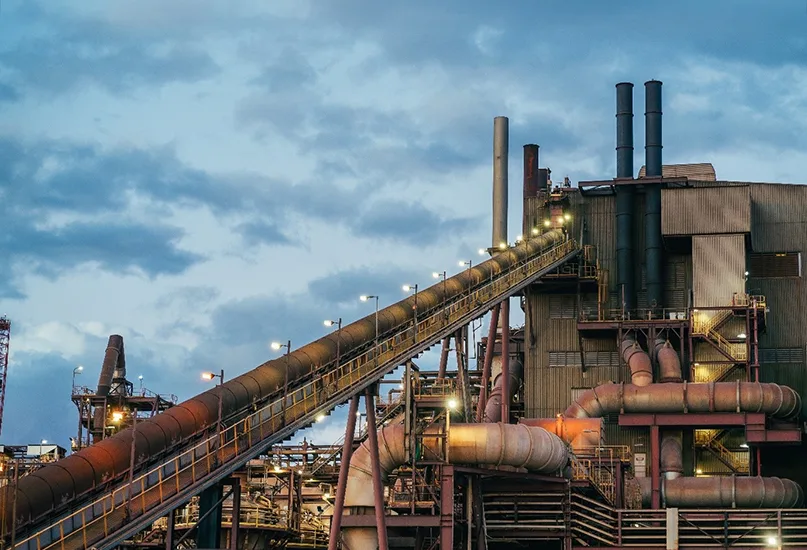
Q&A WITH THE SOUTH AUSTRALIAN CHAMBER OF MINES AND ENERGY
The South Australian Chamber of Mines and Energy is the leading industry association in the State, representing resource and energy companies and those who provide services to them. We learn more with CEO, Nicola McFarlane.
How did you first become interested in the mining industry?
Nicola McFarlane, CEO (NM): When I was younger, I was really interested in problem-solving, which led me to study mechanical engineering at the University of Western Australia. What really drew me to that career path is that it would not only provide diverse opportunities, including travel, but also allow me to be creative.
As a qualified mechanical engineer, I have spent over two decades leading high-impact projects and organisations at the forefront of the global energy transition, both in Australia and the UK.
This has included steering large-scale hydrogen and decarbonisation initiatives for mining and heavy industry as Chief Operating Officer of the Office of Hydrogen Power SA, and prior to that as the Director for Hydrogen and New Energies for the Western Australian government. I have also worked in safety and risk management roles for the oil and gas energy sectors.
Over that time, I have developed an ability to forge collaborative industry-government partnerships and progress the transformation of advanced technology into commercially viable solutions.
A leadership role in resources that encompasses both mining and energy has been a natural progression. In my role at the South Australian Chamber of Mines and Energy (SACOME), I now champion a resilient resources sector that underpins SA’s long-term prosperity.
What is your take on the resources industry in Australia at present?
NM: We have an amazing opportunity right now in Australia. We have abundant resource reserves, and there is huge potential for growth – particularly in global markets.
This was highlighted at the Copper to the World conference that I spoke at in August. Even if we specifically look at the dialogue on that critical metal, global demand for copper is projected to increase 70 percent by 2050, driven by the accelerating energy transition, higher living standards, and the rise of data centres.
SA is home to two-thirds of Australia’s high-quality copper resources, so the state is exceptionally well positioned to meet this growing demand.
We have an amazing ecosystem within the resources sector, and in collaboration with state and federal governments, we are setting up the enablers to facilitate that growth.
Whether it’s with respect to water, such as the Northern Water Project, which is a key initiative that the government and industry are working on together, or ensuring critical minerals processing at Nyrstar Port Pirie continues to thrive, it comes down to catalysing on what we already have for the future of our member organisations, which will have a natural knock-on effect for the state’s prosperity.
Can you introduce us to SACOME?
NM: I am new to the team and the role of CEO at SACOME, but I can confirm it is an association that prides itself on being the voice for the resources sector and being a strong advocate for industry in SA.
From SACOME’s perspective, our vision for resources in SA is being a trusted and innovative sector that attracts investment and delivers sustainable economic prosperity for our members and the state.
As the industry association, we are in the fortunate position of working across the whole ecosystem of stakeholders, from industry bodies, mining and exploration companies, and gas companies, through to service providers that offer support and supply chain logistics to build growth.
Then, with a collaborative approach, taking our advocacy to government on their behalf is our mission to ensure we can realise our potential as an industry in this state.
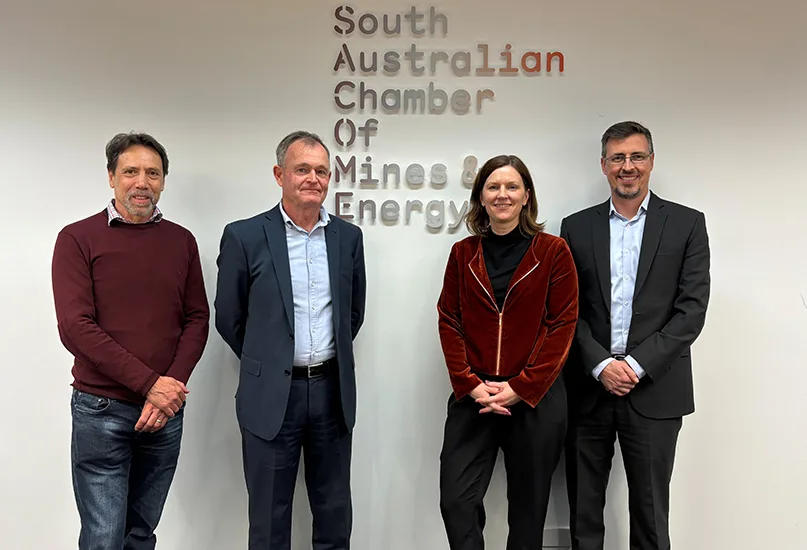
Have you identified any recent trends developing across the sector, either positive or negative, and how are you responding to them?
NM: Over the last 10 years, the sector has been on a real journey as part of the global landscape of our collective understanding regarding the decarbonisation of our planet.
For the resources sector, significant time, effort, and finances have been invested into understanding how and what steps are needed to enable the energy transition and to catalyse on that to create a decarbonised economy.
We have reached a point in time where both government and industry, especially here in SA, are aligned in terms of understanding what enablers are required to take a step in the right direction. It is a journey, but we are really building momentum strongly now to achieve those goals.
What completed, ongoing, or recent projects are you most excited about?
NM: There is an amazing opportunity in resources for SA and there are important enabling infrastructure projects to underpin this, whether that be the Northern Water Project, of which SACOME has been an advocate for several years, or electricity transmission infrastructure.
SACOME is excited about moving forwards with collaboration and building on strong stakeholder relationships to create certainty for investment.
How does the Australian resources sector underpin the broader SA economy?
NM: The Australian mining industry alone has contributed AUD$394.6 billion in taxes and royalties over the last decade.
Undoubtedly, the resources sector is critical to the SA economy, having contributed 6.4 percent of the gross state product (GSP) in 2023/24, equivalent to AUD$1 in every AUD$15 of the state’s economy.
Over the last five years, direct employment has increased by 86 percent, with one in 23 full time jobs now supported by the sector.
Furthermore, there has been a 61 percent uplift in economic contribution in the past five years, highlighting the sector’s significant influence.
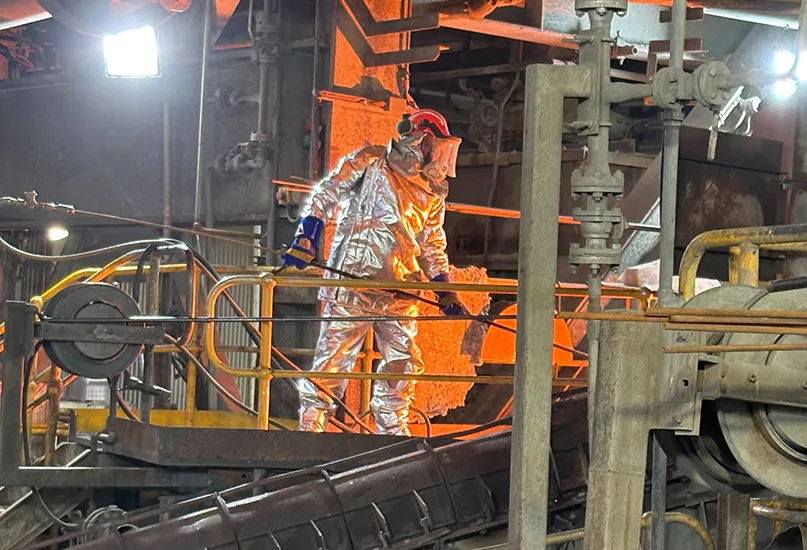
Equally, what do you have planned regarding the development of green iron?
NM: Again, SA has an amazing opportunity in terms of the transition of our energy system. We are at almost 80 percent renewables on the grid in the state, and that has enabled us to seriously consider how we can support green iron processing and utilise renewables and direct reduction iron facilities to create a green product.
The Whyalla Steelworks facility is critical to future ambitions for green steel manufacturing, which will be increasingly lucrative as the world seeks to decarbonise.
Steel from Whyalla Steelworks helps Australia build and maintain its infrastructure – including railways, bridges, schools, hospitals, high-rise towers, transmission infrastructure, and defence assets.
This is why the federal and state governments have worked together to bolster SA’s future with a multi-billion-dollar package to salvage Whyalla Steelworks, support local jobs, and encourage more investment into Australian-made iron and steel.
SA has approximately 7.4 billion tonnes of economically demonstrated iron ore, much of which is still at the pre-development stage. The infrastructure required to progress that – including power, water, and transport – will need further capital investment. SACOME continues to advocate for the strategic development of the infrastructure corridors to support a stronger SA green iron and steel industry.
“It is important for the whole community to come on this journey and to understand the role the resources sector plays in enabling us to prosper in a decarbonised economy”
Nicola McFarlane, CEO, South Australian Chamber of Mines and Energy
Looking ahead, what are your key priorities for the coming year?
NM: As part of capitalising on the growth opportunity and strategy for our state’s critical minerals and metals, infrastructure is at the forefront of what the government is working on with industry. Specifically, the Northern Water Project for water infrastructure, and then gas supply and electricity transmission infrastructure. Enabling reliable and affordable energy to support the transition is what’s needed to enable growth within the resource sector.
SACOME’s ResourcefulSA campaign, which has been in market for over 18 months, ensures the resource sector is building trust with the community by educating them on the fundamental role mining plays in our lives everywhere, every day.
The campaign also demonstrates how the resources sector is needed to support decarbonisation, whether from critical minerals such as the copper needed for EVs to silver and iron ore required to support solar and wind infrastructure.
It is important for the whole community to come on this journey and understand the role the resources sector plays in enabling us to prosper in a decarbonised economy.
Building a workforce skilled for the future is also of critical importance to SACOME and our members, and we believe this starts in schools. That is why SACOME adapted a programme initiated and developed by the Chamber of Minerals and Energy of Western Australia (CMEWA) to create our STEM Digital Technologies Programme for reception to Year 10 students.
Initially suggested by industry to address the shortage of skilled resources sector workers, the initiative provides the opportunity to reshape STEM learning in a structured format, which is in alignment with the Australian curriculum. Importantly, it also supports a generation of teachers with the skills required to teach this challenging discipline.
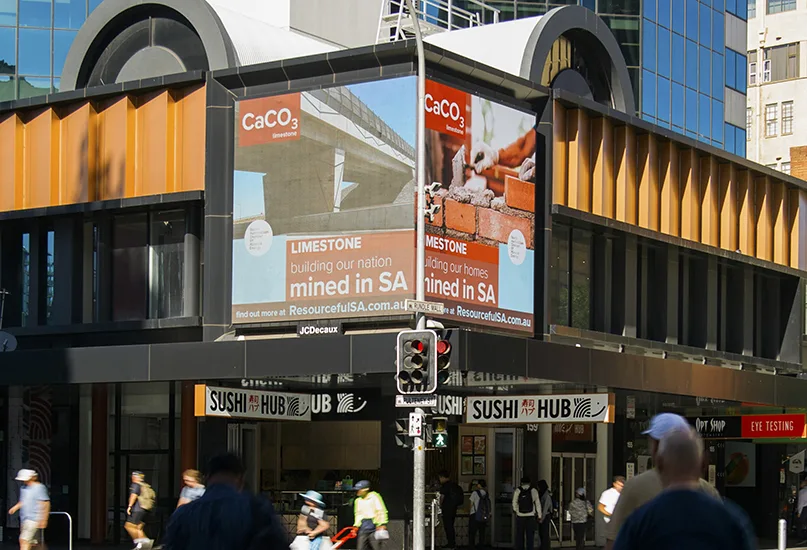
Finally, what other issues need to be addressed within the industry?
NM: The overwhelming message for delegates and speakers at the recent Copper to the World conference was collaboration. I think that’s a huge opportunity, and we need to accelerate a culture of collaboration.
The energy transition is major, and we can’t work in silos. For SA to be competitive and unlock investment within the state, it is really important that we collaborate and nurture partnerships.
There is no doubt that resilient and focused collaboration not only within the resources sector but between the resources sector and government has the potential to drive progress, unlock new value, and shape the future of sustainable practices for the advancement of the industry.
Strong relationships will ensure that the resources sector remains the cornerstone of SA’s economy.



